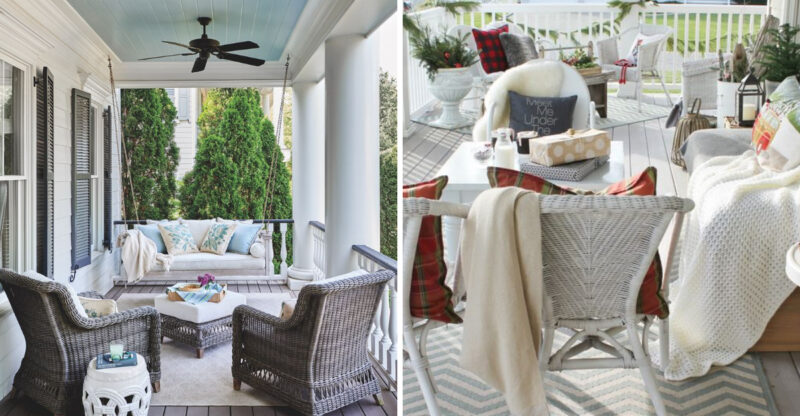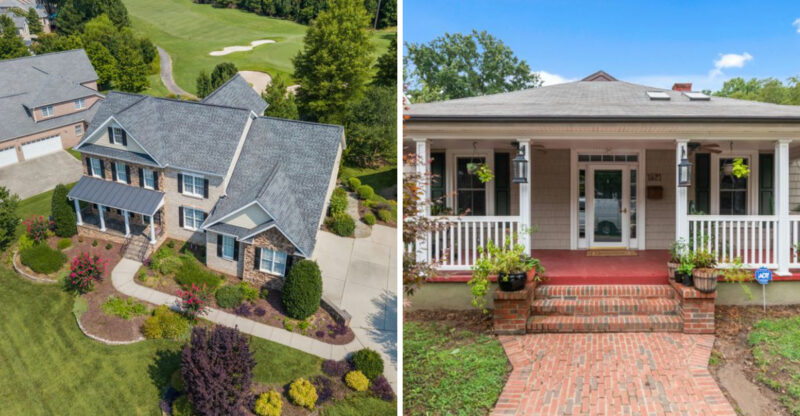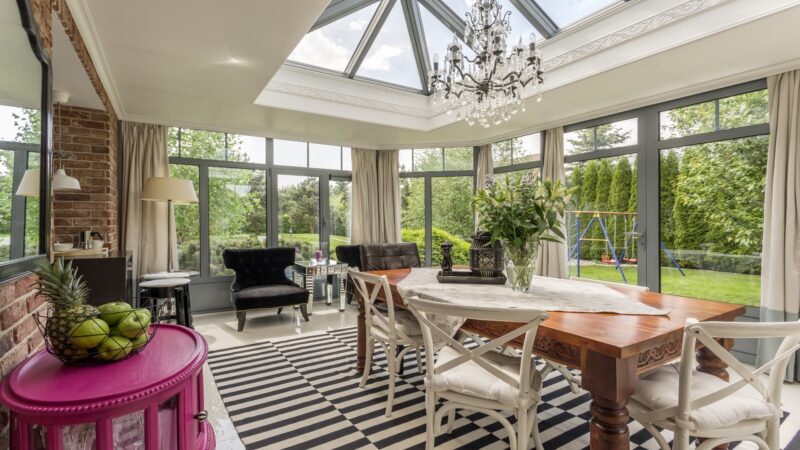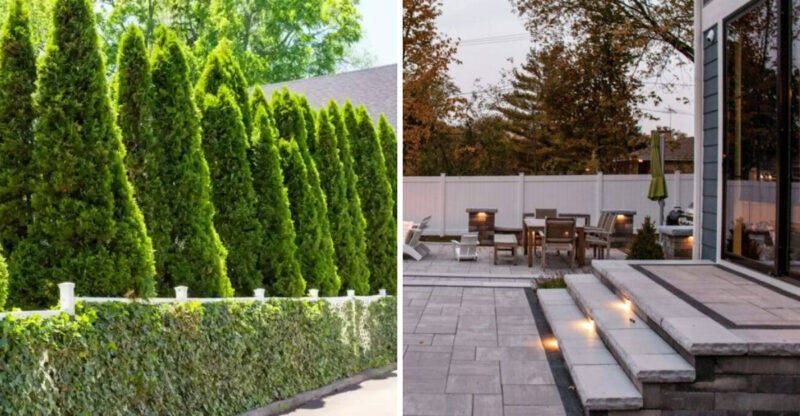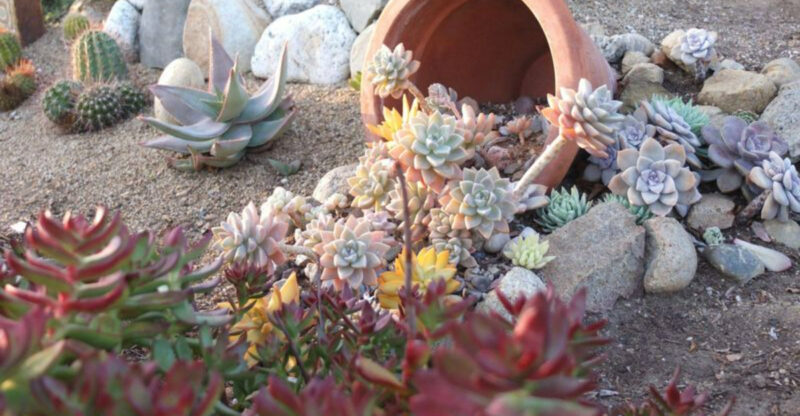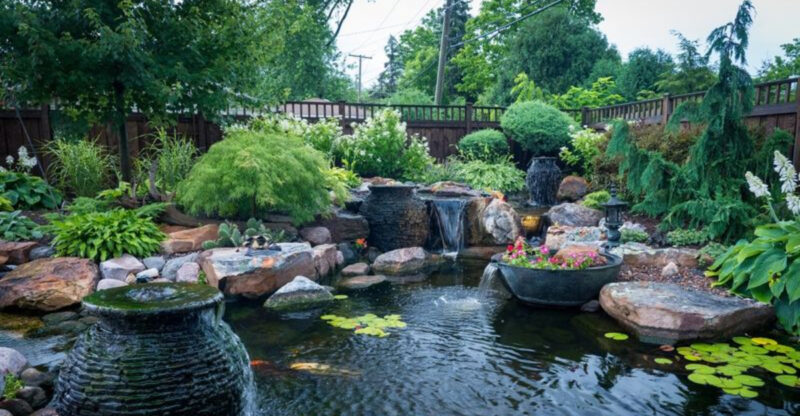What Home Exteriors Will Look Like In 2026, According To Architects And Landscape Designers

Ever wondered how your home’s exterior might evolve in the coming years? Leading architects and landscape designers are already envisioning exciting changes for 2026.
From climate-smart gardens to wellness-focused outdoor spaces, our homes are transforming to meet new environmental challenges while enhancing our connection to nature and technology.
1. Seamless Indoor-Outdoor Living Spaces
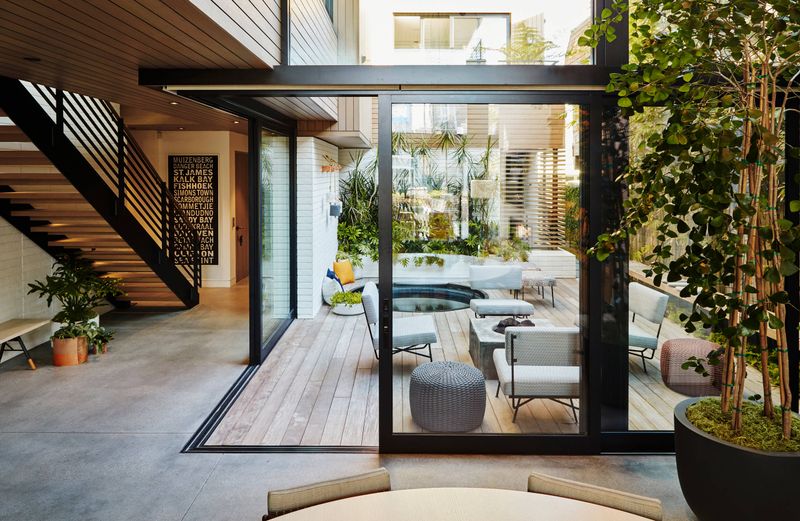
Disappearing thresholds will become standard as homes blend interior comfort with outdoor freedom. Retractable glass walls and level flooring transitions create spaces that function regardless of weather.
Matching materials inside and out reinforce this connection, with outdoor kitchens evolving beyond basic grills to fully-equipped cooking stations. The boundary between living room and patio will virtually disappear.
2. Climate-Responsive Landscaping
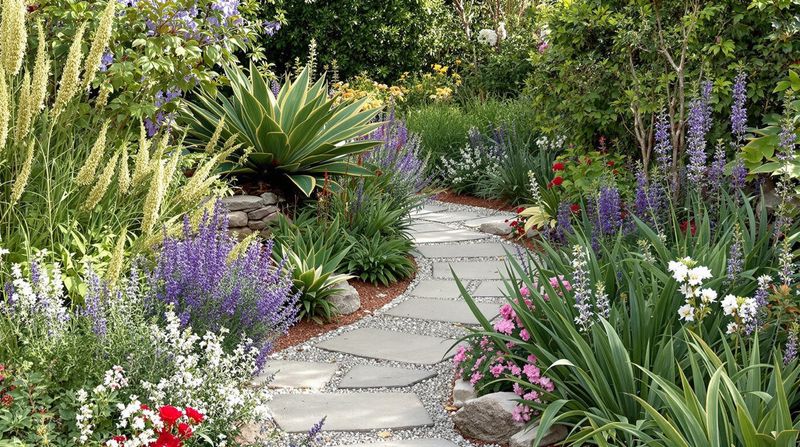
Gardens designed to thrive in changing weather patterns will dominate residential landscapes. Native plant selections adapted to local rainfall conditions require minimal irrigation while offering maximum resilience.
Sophisticated rainwater management systems will capture precipitation through attractive rain gardens and permeable surfaces. The days of fighting against your local climate with resource-intensive landscaping are giving way to smarter, adaptive approaches.
3. Smart Outdoor Technology Integration
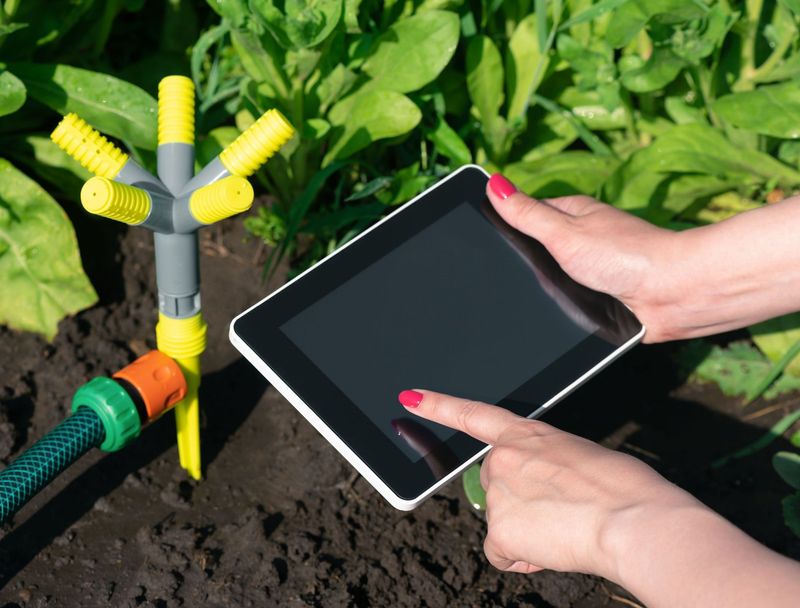
Technology will blend invisibly into exterior spaces, controlling irrigation, lighting, and climate comfort without visible gadgetry. Voice-activated systems will adjust everything from pool temperature to outdoor sound systems.
Solar-powered pathways will illuminate automatically at dusk, while hidden sensors monitor soil conditions for optimal plant health. The tech revolution is moving outside, but with a focus on enhancing nature rather than competing with it.
4. Regenerative Garden Design
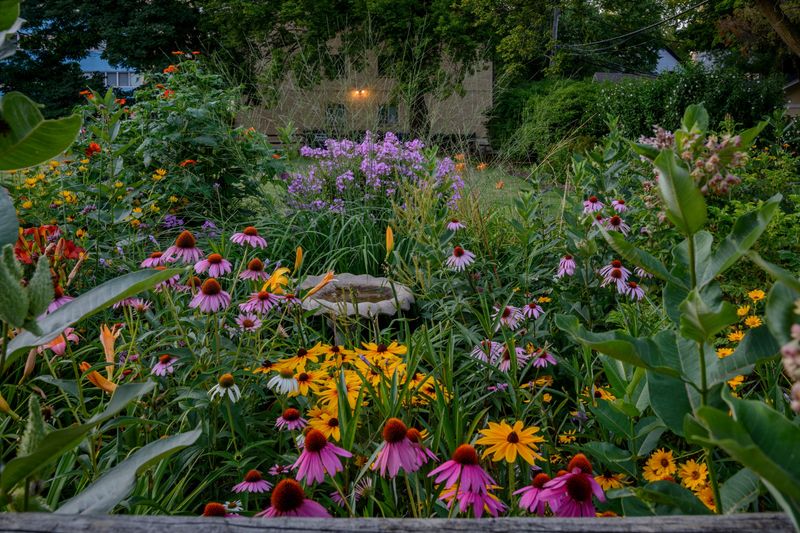
Gardens will shift from decorative to productive ecosystems that actively improve environmental conditions. Layered plantings will create habitat corridors for local wildlife while sequestering carbon.
Biodiverse landscapes will replace monoculture lawns, featuring plant communities that work together naturally. The aesthetic will emphasize seasonal changes and ecological relationships rather than static, manicured perfection.
5. Sculptural And Architectural Plantings
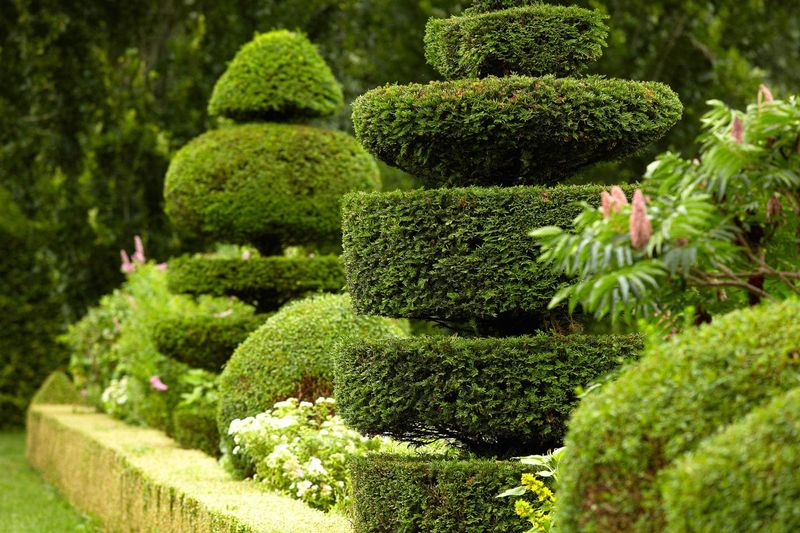
Plants will serve as living architecture, creating outdoor rooms through carefully placed specimens with distinctive forms. Statement trees and sculptural shrubs will function as focal points and privacy screens.
Precision-pruned hedges will define spaces while cloud-pruned specimens add artistic elements. This approach balances the wildness of regenerative gardening with human desires for order and definition in outdoor spaces.
6. Edible Gardens In Decorative Layouts
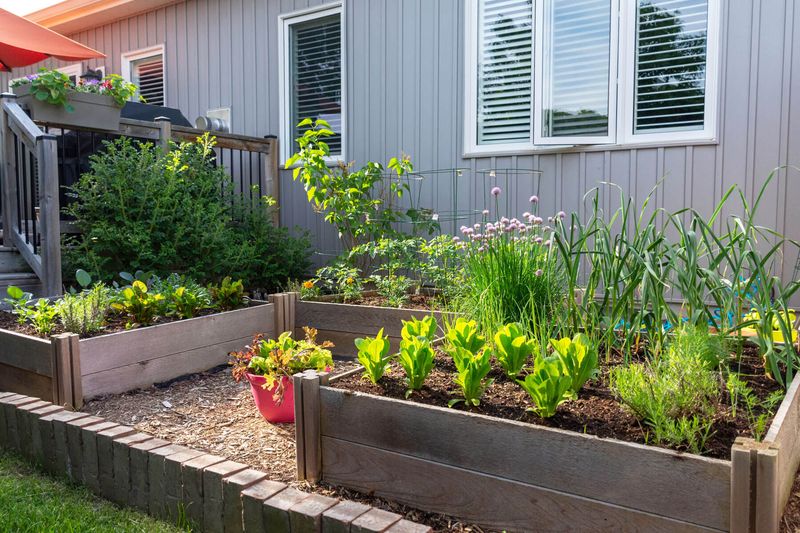
Vegetable gardens will shed their utilitarian image, becoming integrated into ornamental landscapes through artistic arrangements. Colorful lettuces will border walkways while espaliered fruit trees create living walls.
Herbs will mingle with flowering perennials in fragrant displays that please both eye and palate. This fusion approach satisfies growing interest in food security while maintaining beautiful surroundings that enhance property values.
7. Natural And Textured Building Materials
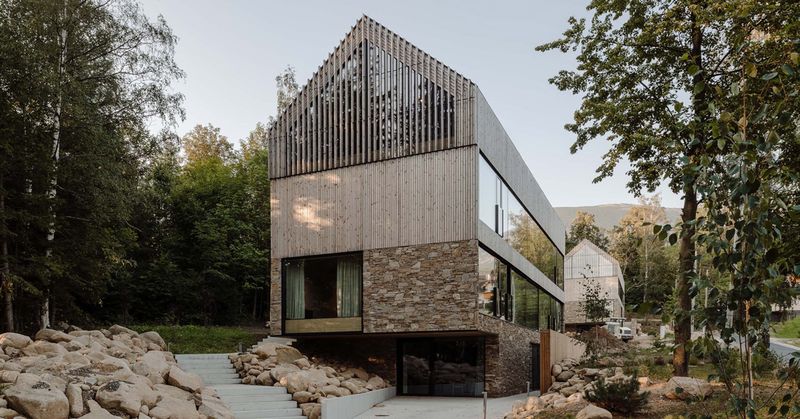
Rough-hewn surfaces and tactile experiences are making a comeback against the sleek minimalism of previous decades. Reclaimed wood, textured stone, and handcrafted brick will feature prominently on exterior facades.
Materials will tell stories through visible imperfections and natural aging processes. This shift celebrates authenticity while creating homes with distinct character that improves with time rather than deteriorating.
8. High-Performance Facades And Siding
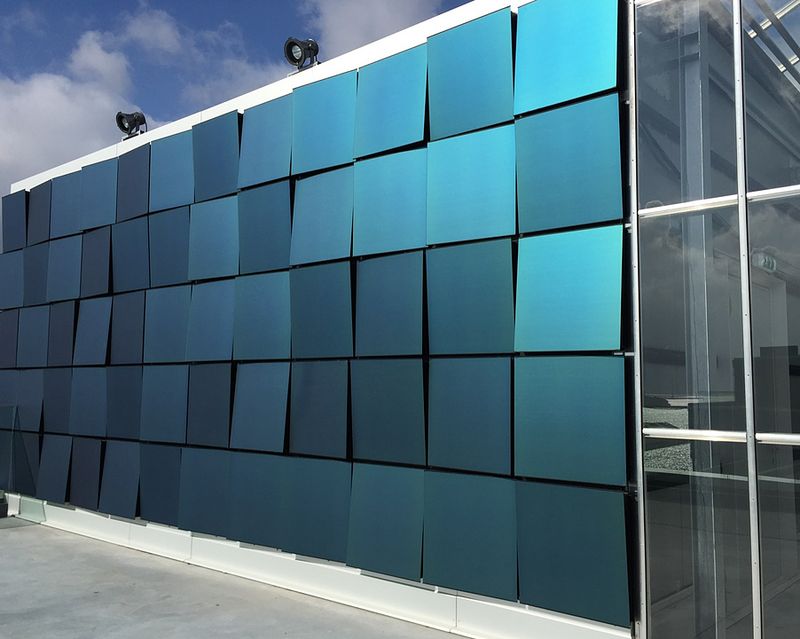
Building exteriors will work harder through multi-functional materials that generate energy while protecting structures. Photovoltaic cladding will seamlessly integrate with traditional materials like wood and brick.
Self-cleaning surfaces will reduce maintenance while improving air quality by neutralizing pollutants. These advances maintain aesthetic appeal while dramatically improving environmental performance and reducing long-term ownership costs.
9. Outdoor Wellness Zones
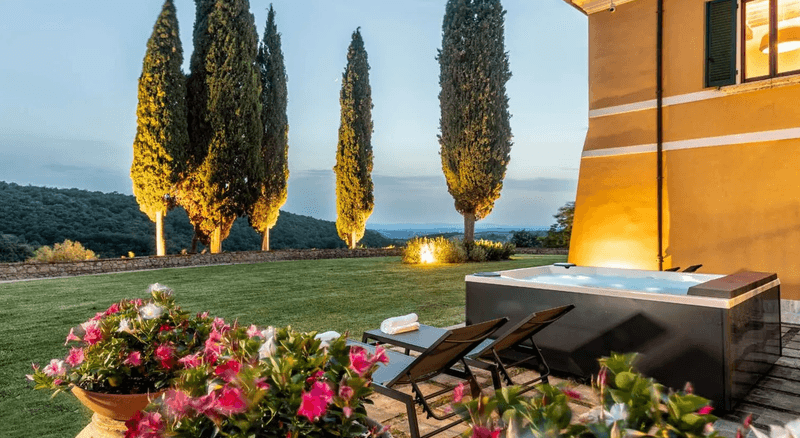
Dedicated spaces for physical and mental health will become standard features in residential landscapes. Compact saunas, cold plunge pools, and meditation pavilions will create spa-like retreats steps from the back door.
Morning yoga decks positioned to capture sunrise views will encourage daily practice. These purposeful areas reflect growing recognition that outdoor spaces can actively contribute to wellbeing rather than serving merely decorative functions.
10. Minimalist Lighting With Dark Sky Compliance
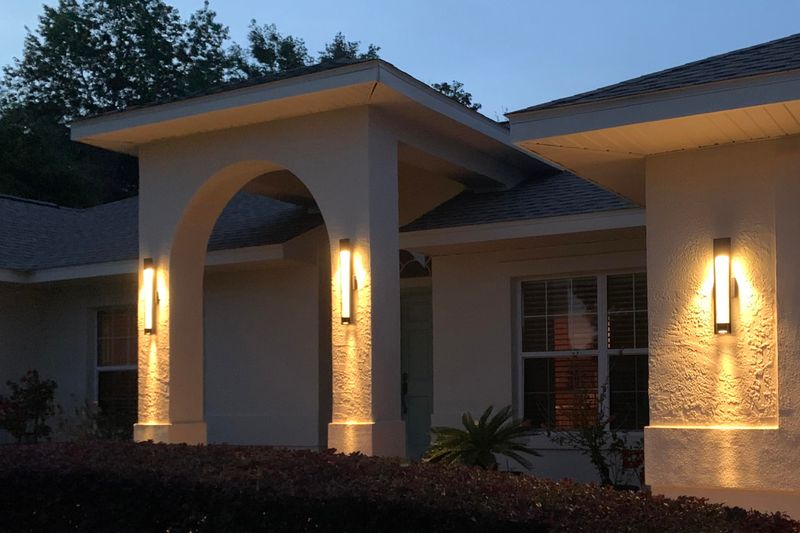
Exterior lighting will shift toward subtle illumination that preserves night skies. Low-profile fixtures will direct light downward, highlighting architectural features without creating glare or light pollution.
Warm-toned, dimmable LEDs will replace harsh floodlights, creating ambiance while respecting wildlife needs. This approach balances safety concerns with growing awareness of how artificial lighting disrupts ecosystems and obscures our connection to the stars.

